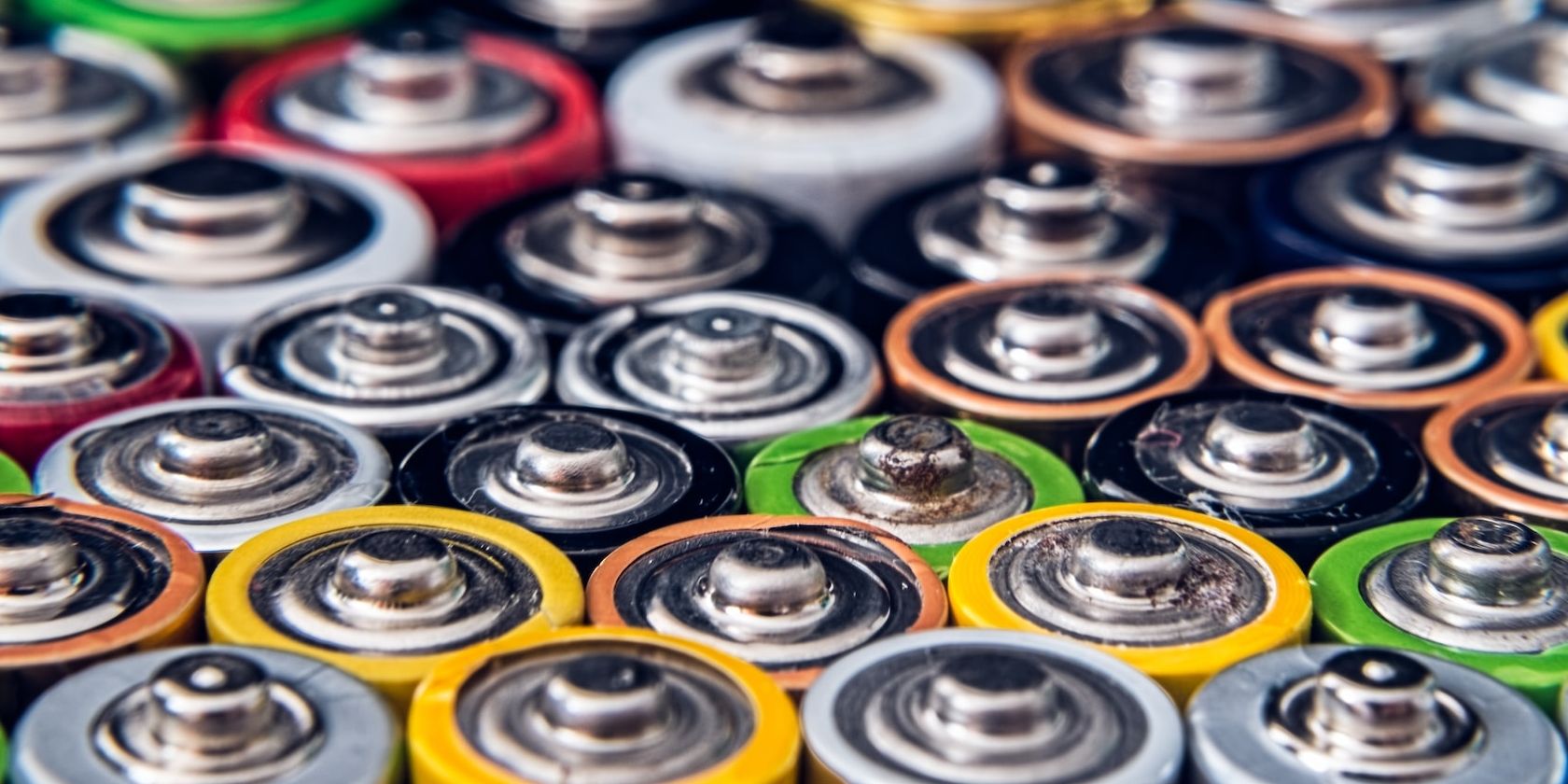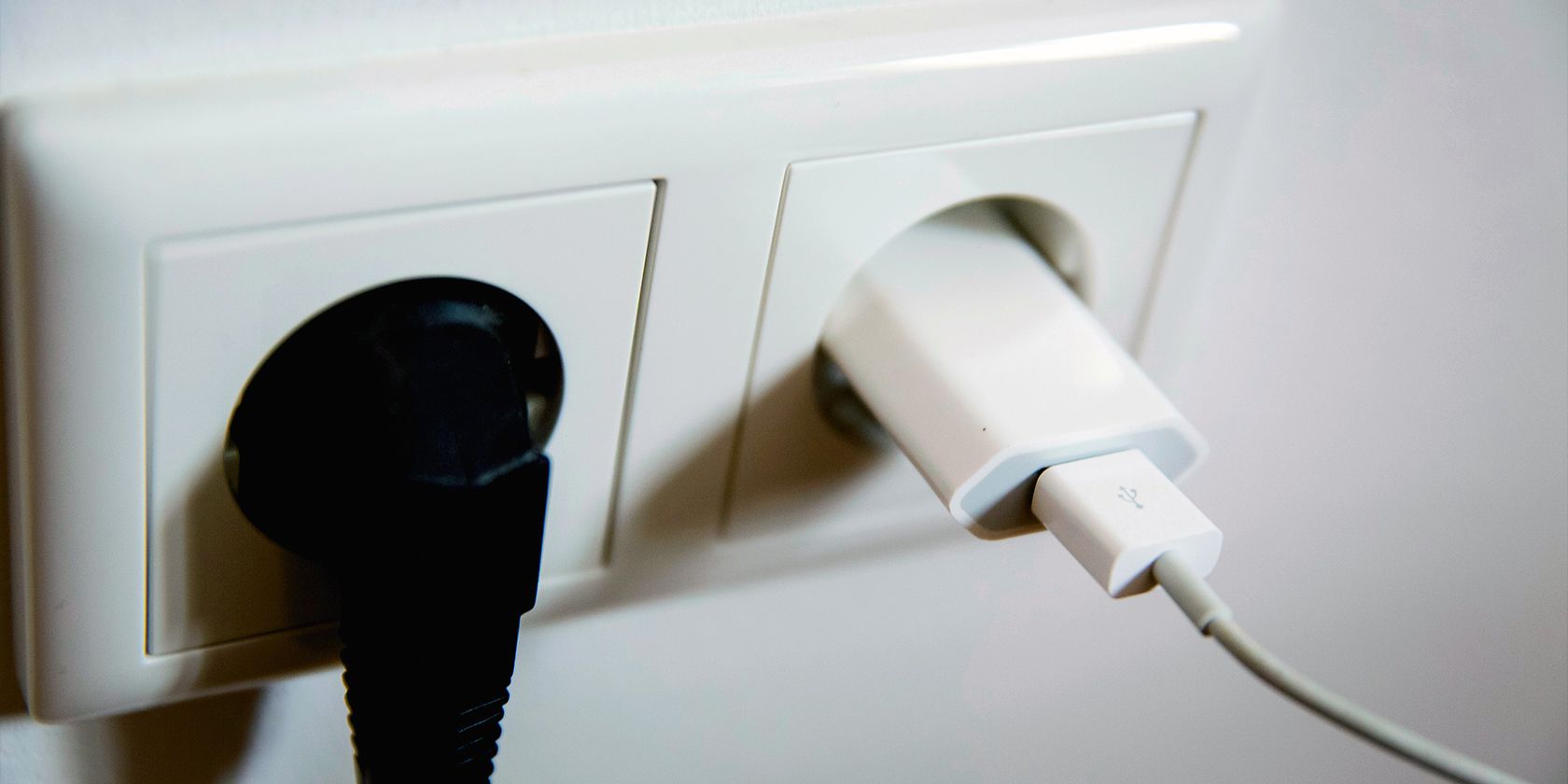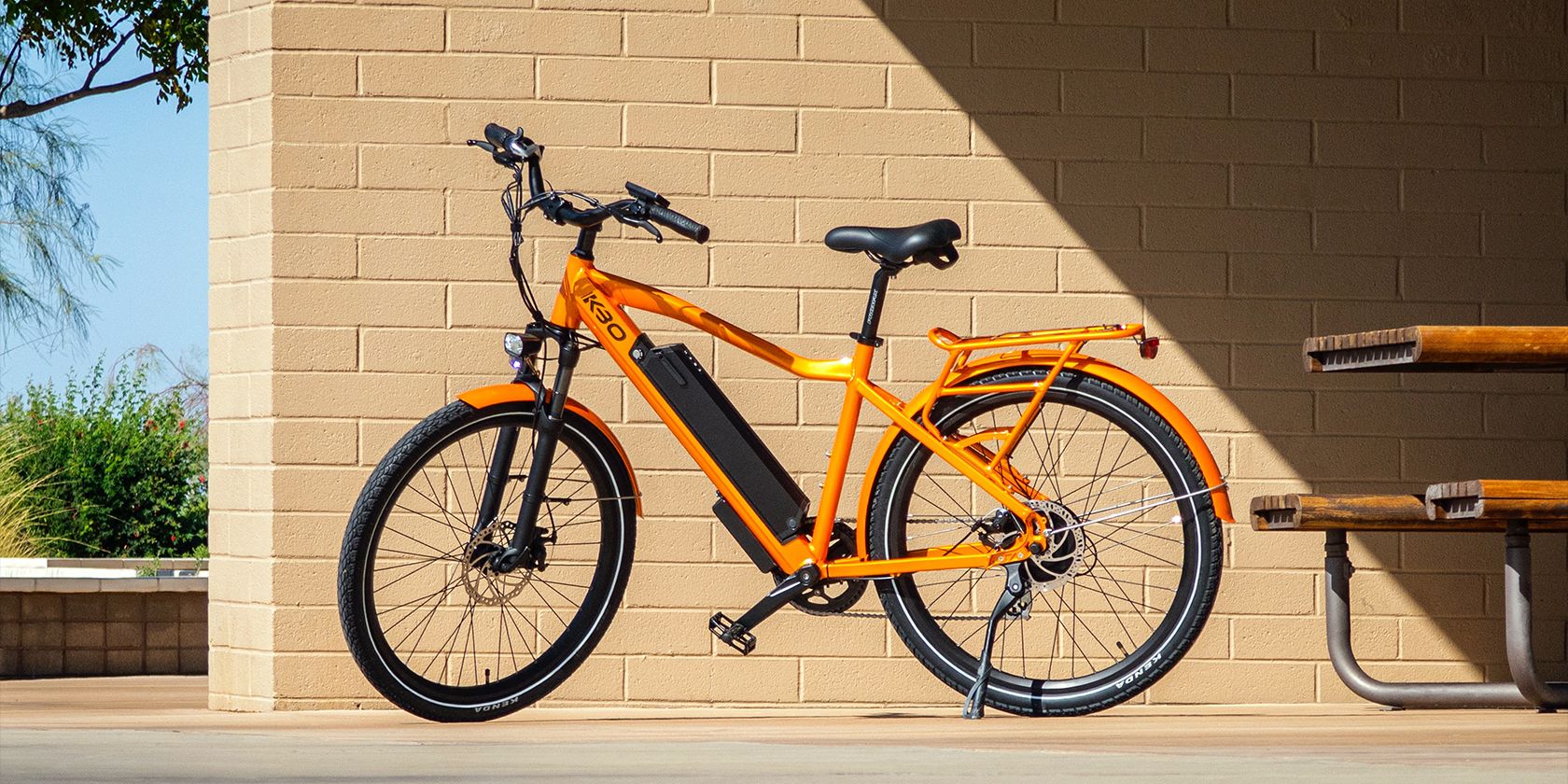As e-Bikes, e-scooters, and other electric personal mobility devices become more popular, so do the number of large Li-ion or Li-Po battery packs in our homes.
And while these electric personal mobility devices have provided clean and green transportation for millions, they're also a new and worryingly growing source of house fires—exploding batteries.
So, why are these batteries catching fire, and how do you protect yourself and your home?
Why E-Bike Batteries Are Catching Fire
Although most e-Bike models have gone through safety testing and have certified parts, we're still getting a lot of reports of house fires caused by these vehicles. According to a 2022 report by The Guardian, almost 200 e-bike fires were reported in New York City alone.
But why does this happen even with all the certifications and testing?
1. Damaged Batteries
Batteries are the tech that powers all modern devices, and the lithium inside these batteries delivers the most power. For example, because of Li-ion and LiPo batteries, we can get small smartwatches that last several days, and our smartphones can now last a day or two, despite being more powerful than ever.
However, lithium is highly reactive, and any damage can cause it to short-circuit and become too hot, thus leading to a thermal runaway. And when that happens, it'll cause the battery to explode and catch fire. Furthermore, lithium reacts to water, so if you douse a burning lithium battery, it will burn with greater gusto instead of extinguishing it.
2. Fake Parts
Even if a battery does not have damage, it can still start a fire if it's fake. That's because counterfeit batteries usually do not go through stringent controls, and they might even be incompatible with your e-bike's charger.
That's why it's crucial to avoid buying fake batteries—that way, you're ensured that you only get the best quality batteries that have run the gamut of testing and certification.
3. Poorly-Made Batteries
Although most reputable companies ensure that their devices come with good batteries, bad batteries sometimes make their way to consumers. One popular example is the Samsung Galaxy Note7 and its exploding battery.
Because of this incident, many manufacturers and certifying bodies have developed ways to avoid repeating the exploding battery issue. Nevertheless, some smaller manufacturers can skirt these safety measures, especially if you bought the device from an area with less stringent standards.
How Do You Protect Yourself From E-Bike Battery Fires
Now that you know the most common causes of e-bike battery fires, how do you protect yourself and your home?
1. Take Care and Maintain Your Battery
Consider the battery as the most powerful part of your e-bike. Although e-bike batteries are designed to take the abuse of everyday use, you should still ensure that it's not damaged due to accidents or wear and tear.
Every time you charge your e-bike, inspect its battery for any signs of physical damage—consider this one of the ways to keep your e-bike running like new. You should also check its temperature while charging and using the e-bike, so you can feel if it's getting dangerously hot.
If it is, immediately get off your bike, and bring it somewhere safe where there's nothing flammable nearby. If it doesn't cool off or begins to smoke, call the fire department, and they should tell you what you can do.
2. Ensure That Your E-Bike or Its Battery Is Certified
Whether you're buying an e-Bike or a replacement battery, ensure you're getting it from a reputable brand with the corresponding certifications. Ensure that the certificates come from established bodies like UL and TUVRheinland—companies with exacting standards that battery manufacturers must hit or exceed before getting certified.
If you're buying a used e-bike, always check if it's certified, and inspect it thoroughly for any potential damage, especially to the battery and charger, before taking it home.
3. Do Not Install Batteries Not Designed for Your E-Bike
Different e-Bike manufacturers and models usually have varying requirements. For example, one e-Bike requires 12V, while another model from the same manufacturer needs 24V.
If you mix and match batteries that aren't designed for your e-bike, you could seriously damage your vehicle—and its battery. And with lithium-based batteries' volatile nature, you're at greater risk of making it catch fire and explore.
4. Use Chargers for Your Specific E-Bike Model Only
Since different e-bikes have different power requirements, expect their batteries to be specifically designed for the model you have. Unfortunately, that means that your e-bike's charger is only meant for use with that model.
So, if you get a different e-bike, you shouldn't use any other charger except the one with it. That way, you ensure it's getting the correct voltage, watts, and amperes. Using a charger that doesn't match your e-bike's exact power requirements could risk a short circuit, leading to an explosion.
5. Avoid Charging Your Battery Inside Your Home
Many battery fires and explosions happen during recharging. That's because charging usually generates heat, thus stressing the battery. So, having a place outside your home to recharge your e-bike battery is ideal.
Charging your e-bike in a garage away from your house could help avoid damage to your home if it combusts while you're away. Alternatively, charge your e-bike in public depots while taking a break.
6. Avoid Unattended, Overnight Charging
If you have to charge your e-bike at home, ensure it isn't left unattended. That way, if something untoward happens, you can respond immediately. So, if it starts to heat up and smell different, you can unplug it immediately and let it cool down.
Or, if it explodes and catches on fire, you can use a fire extinguisher to quench the flames immediately, thus stopping it from becoming a complete house fire.
Lithium reacts explosively to water and will burn more aggressively. Don't pour water on a battery fire! Use a dry chemical or ABC extinguisher to put out lithium-ion battery fires.
7. Recharge Batteries Away From Flammable Materials
If you keep your e-bike or its battery away from flammable materials, you can prevent a battery fire from turning into a full-on house fire. That's because the lack of fuel will stop it from spreading.
So, when recharging your e-bike, keep it away from flammable materials like carpet floors, curtains, and sofas. If you can, make a space for your e-bike in your garage or a room with concrete walls and little to no flammable material inside.
8. Don't Park Your E-Bike or Keep Its Battery Near Doors, Windows, and Walkways
Finally, avoid parking your e-bike near access points and walkways. That way, if it catches on fire and explodes, the people inside your house can evacuate quickly and easily. It can also help first responders easily get to any fire inside, allowing them to extinguish it as soon as possible.
Take Care of Your E-Bike's Batteries
E-bikes are great for the environment—they don't consume fossil fuels, take little space on the road, and allow you to get from one point to another efficiently. However, you should also take care of the batteries that power them.
After all, batteries are like fuel tanks. They store the energy required to propel your e-bike—but if you let all that energy come out in a split-second, it could result in a catastrophic explosion and fire.





